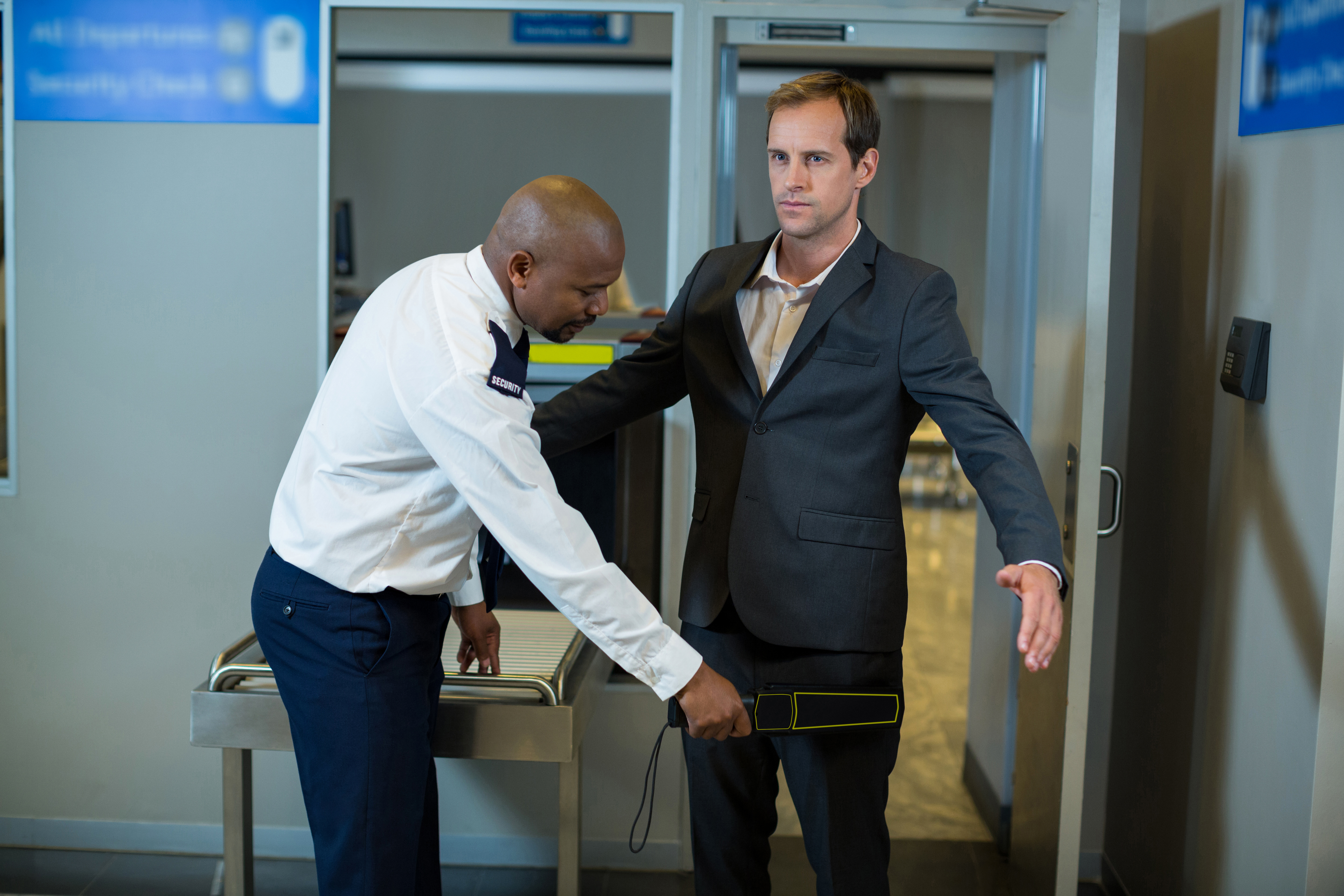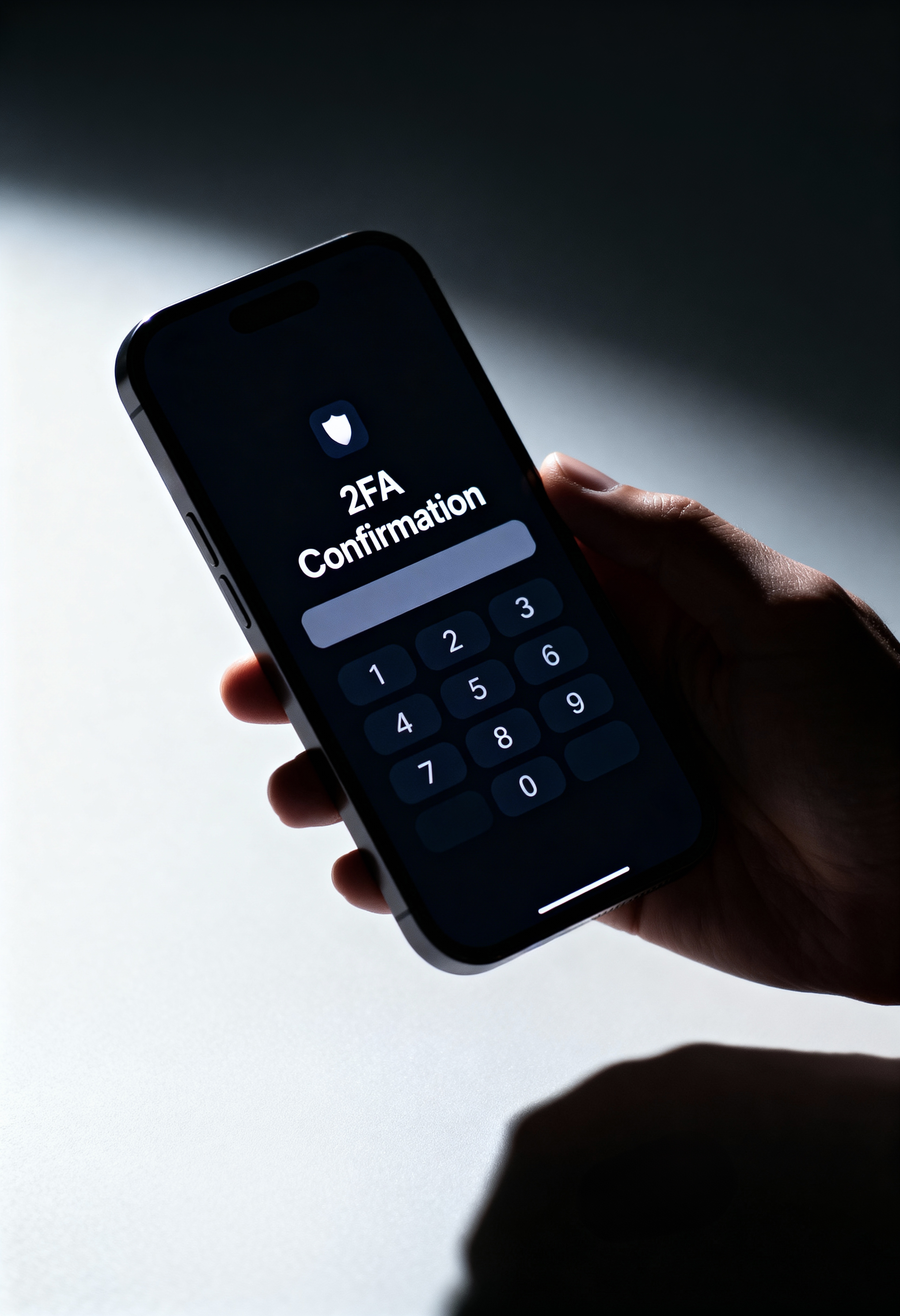
Table of Contents
- TL;DR
- The $340,000 Wake-Up Call
- Let's Clear This Up First (Because The Industry Sure Won't)
- The Three Types of Proof (And Why Your Password Alone Is Worthless)
- The Nightclub Analogy (Yes, Really)
- The Mistake That's Costing You Security
- Why This Actually Matters For Your Security
- What You Should Actually Do Right Now
- The Bottom Line
- All 2FA is MFA, but not all MFA actually protects you—demand to know which factor categories are used.
- If the “extra step” is another password or an email code, you’re still single-factor with bonus annoyance.
- Hierarchy of controls: SMS 2FA > nothing, authenticator apps > SMS, hardware keys > everything else.
- Vendors lean on buzzwords because confusion is profitable; clear vocabulary is your best defense.
- Enable 2FA everywhere tonight, then schedule time to upgrade weak factors once the fires are out.
The $340,000 Wake-Up Call
I got a call at 11:47 PM on a Wednesday from a client whose AWS account had just been torched. Someone logged into his root account, spun up 280 EC2 instances in seven regions, and disappeared. By the time AWS throttled the madness three hours later, he was staring at a $340,000 bill and a company that couldn’t process orders.
Want to know how it happened? His password leaked in a Dropbox breach two years earlier. He never changed it. The attacker tried it everywhere. AWS let them right in because my client—brilliant guy, successful business—thought his 12-character password with a capital letter and number was “good enough.” No 2FA. Not even SMS. Nothing.
I’ve told this story probably 100 times now, and I still see that same glazed-over confidence from people who think it won't happen to them. It will. The only question is whether you’re protected when it does.
Let's Clear This Up First (Because The Industry Sure Won't)
Here's what drives me absolutely insane about security marketing: vendors figured out that “MFA” sounds more impressive than “2FA,” so now everyone slaps “military-grade MFA” on their landing page and calls it a day. Meanwhile, you have no idea if you’re getting Fort Knox or a cardboard cutout.
I’ve been doing DevSecOps consulting for over a decade—worked with Fortune 500 companies, helped organizations pass SOC 2 audits, built observability platforms that catch this stuff before it explodes. And I’m telling you: the 2FA vs MFA confusion isn’t an accident. It’s profitable.
Here’s the truth nobody wants to say out loud: the security industry overcomplicated this on purpose. Complex = expensive. Expensive = better margins. If customers actually understood that “password + email code” is garbage MFA, they’d stop paying premium prices for it.
So let me give you the version I’d give my mom (hi Mom, turn on 2FA):
Two-Factor Authentication (2FA) means exactly two different types of proof to verify your identity. Not three, not one. Two. And they have to be from different categories—password + fingerprint works, password + security question doesn’t (more on why in a second).
Multi-Factor Authentication (MFA) uses two or more factors. So yes, 2FA is technically a subset of MFA. But when someone says “we use MFA,” they could mean anything from rock-solid three-factor authentication to some half-baked implementation that barely improves your security. That vagueness? That’s the problem.
The Three Types of Proof (And Why Your Password Alone Is Worthless)
After a decade of ripping apart broken authentication stacks, I can promise every system boils down to three buckets:
- Something you know. Passwords, PINs, security questions, that swipe pattern on your Android. Knowledge factors leak constantly. I once watched a Fortune 500 executive type
Welcome2024!into a conference room projector. The exclamation point does not make it secure, Jeff. - Something you have. Your phone with an authenticator app, a YubiKey on your keyring, those clunky RSA tokens banks used to mail out. Physical factors are way harder to steal remotely. When someone pickpocketed my phone on the Barcelona metro in 2019, I wasn’t worried about my accounts because the thief didn’t have my passwords. Annoying? Yes. Catastrophic? No.
- Something you are. Fingerprints, face scans, retina patterns, voice recognition. Biometrics feel futuristic, but I’ve seen researchers fool facial recognition with high-res photos. Biometrics are useful as one layer—but you can’t change your fingerprint if it leaks, and it will eventually leak.
Here’s the kicker: using a password by itself is like locking your front door with a doorknob—no deadbolt, no security system, no nothing. Anyone with five minutes and a YouTube tutorial can pop it. I’ve tested this with actual doorknobs. It’s shockingly fast.
The Nightclub Analogy (Yes, Really)
I was explaining this to a non-technical client a few months ago who couldn’t understand why their bank wanted three different checks. So I used this analogy that finally clicked.
2FA is like a nightclub checking your ID and stamping your hand. Two distinct checks: something you have (ID) and something physical (the stamp). Both required, both different types of proof.
MFA is like a high-security venue that might check your ID, scan your ticket, take your photo, and verify you’re on the VIP list. Multiple checks, various types of proof. More thorough? Usually. Overkill for most situations? Also yes.
The key insight: more factors isn’t automatically better if they’re all the same type. A club checking your ID, your credit card, and your library card isn’t more secure—they’re all just documents you carry. Similarly, password + security question + email verification sounds like three factors, but they’re all things you know (or that got leaked in the Yahoo breach of 2013).

The Mistake That's Costing You Security
Here’s what genuinely frustrates me about how companies market authentication: they wave the “MFA” flag like it’s some magic security blanket, but they never tell you which factors they’re actually using.
I had a client switch to a “secure MFA solution” last year. Sounds great, right? Except their “MFA” was just password + email verification. That’s two knowledge factors—both things that live in the same email account. An attacker who compromises their email gets both factors instantly. That’s not security, that’s security theater with extra steps.
Here’s what you actually need to know:
When someone says “we have MFA enabled,” drill down:
- What factors are you combining? If it’s password + security question, that’s garbage. Both are knowledge factors that probably leaked in some data breach already.
- 2FA is your baseline. Password + something from your phone (app code, SMS, push notification) is the minimum you should accept. Yes, even SMS is better than nothing, despite what security purists will tell you.
- Three factors sounds impressive but isn’t always better. I’ve seen systems require password + security question + email code. That’s technically three factors, but they’re all knowledge-based. Meanwhile, password + hardware key (just 2FA) is way more secure.
The real issue? Companies hide behind the “MFA” buzzword without telling you their implementation is weak as hell.
I actually tested this last month—signed up for three different “MFA-protected” services. One used proper app-based authentication. One used SMS (okay, not great but acceptable). And one? Email verification codes. All three marketed themselves as “enterprise-grade MFA.”
That’s why the terminology matters. When you know the difference between 2FA and MFA, you can actually interrogate vendors instead of just nodding along when they say “yes, we’re secure.”
Why This Actually Matters For Your Security
Okay, I can hear some of you thinking “this seems like splitting hairs over terminology.” But here’s why it’s not:
2FA stops the smash-and-grab attacks cold. The vast majority of account breaches—we’re talking like 80%+—happen because someone reused a password that leaked somewhere else. Attackers aren’t sophisticated; they’re just running credential-stuffing scripts against millions of accounts. 2FA breaks that entire attack model because even if they have your password, they don’t have your phone.
I saw this firsthand when my personal email credentials showed up in a breach notification (thanks, Adobe). I got 47 failed login attempts in three days. None succeeded because I had 2FA enabled. Without it? My email would’ve been compromised, and from there they could’ve reset passwords for basically everything else I own.
But “MFA” implementations vary wildly in actual security. Some MFA setups are genuinely hardened systems using hardware tokens and biometric verification. Others are checkbox compliance where the IT department adds a security question and calls it a day. From a user perspective, both are marketed as “MFA,” but they’re not even in the same universe of protection.
This affects real decisions you need to make:
- Your bank offers “MFA”—but is it app-based authentication or just SMS? (One resists phishing, one doesn’t.)
- Your company is implementing “MFA” for remote access—are they using proper certificate-based authentication or just adding a PIN to your password? (One costs $200/user, one is free but nearly useless.)
- You’re evaluating password managers based on their “MFA support”—do they integrate with hardware keys or just offer email backup codes? (Matters a lot if you’re storing your entire digital life there.)
Lock Every Account Before Tonight
Unique passwords + two-factor authentication stop the smash-and-grab credential attacks that drive most breaches. Spin up fresh passwords with our free generator, then enable 2FA while you’re already in the settings.
Generate a unique password →What You Should Actually Do Right Now
Enough theory. I’m going to tell you exactly what I set up for myself, my family, and every client who’ll listen. You can knock this out in 30 minutes while you’re pretending to pay attention on a Zoom call.
- Turn on 2FA everywhere it exists. Start with email, banking, your password manager, social media, and crypto wallets if you have them. These are the accounts that would ruin your week (or year) if compromised. Do not skip your password manager—it’s the skeleton key to everything else.
- Use authenticator apps instead of SMS. Install Google Authenticator, Microsoft Authenticator, or Authy. Move your codes over when the service supports it.
- Buy a hardware security key. YubiKeys cost less than dinner and are basically unphishable. I keep one on my keychain and a backup locked in a safe. If you protect anything sensitive—business accounts, financial data, health records—this is non-negotiable.
- Audit vendor claims ruthlessly. When a service brags about “MFA,” ask which factor types they support. If they can’t articulate their stack quickly, that’s your answer.
- Back up your backup. Store recovery codes somewhere that isn’t your phone’s camera roll. A physical safe, an encrypted vault, even printed paper in a drawer. If you lose your 2FA device without backups, you’re locked out of your own life.
Need a starting point? Read our strong password playbook and pick a password manager you’ll actually use. Then add 2FA to that manager first—it’s your single point of failure.

The Bottom Line
I’ve been in cybersecurity long enough to watch the industry complicate simple things on purpose. 2FA vs MFA isn’t a deep technical mystery—it’s a vocabulary trick that lets vendors charge more while delivering less.
Here’s what you actually need to know: all 2FA is MFA, but saying “we have MFA” without naming the factors is like saying “we have security” without explaining what that means. It’s technically true and practically useless.
Use this knowledge to interrogate vendors, tighten your own accounts, and avoid buying snake oil with a compliance certification.
And seriously—turn on 2FA everywhere right now if you haven’t already. I’ve seen what happens when people don’t. You don’t want that call at 11:47 PM.
I’ll still be here when you get back.